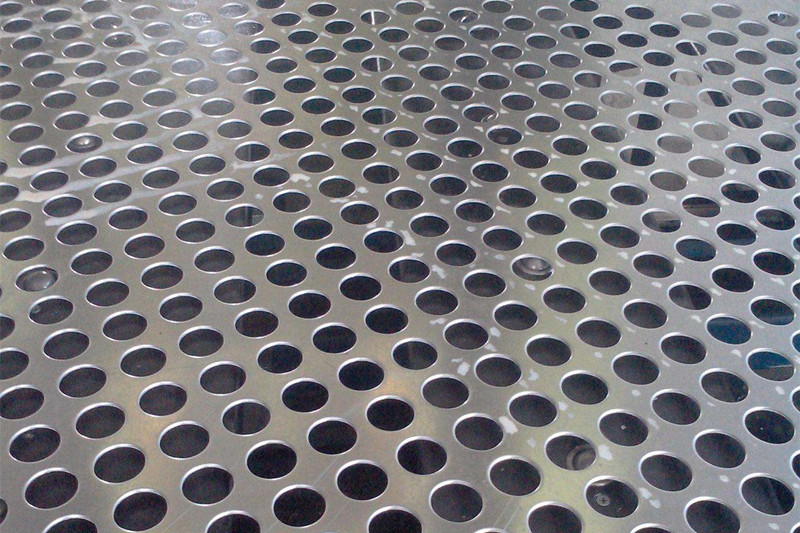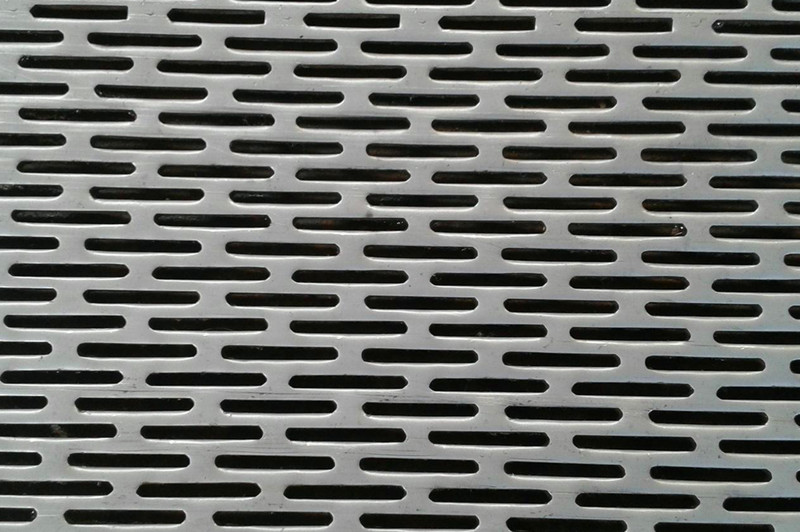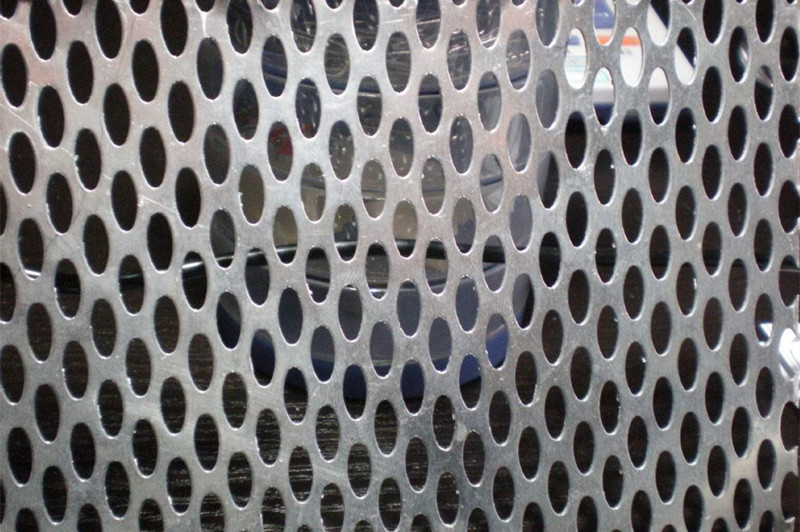What Are the Perforation Methods of Perforated Sheet? A Detailed Overview of Processing Techniques and Applications
Source:www.cn-psp.cnAuthor:河北森驰公司 Last updated:2025-06-14 11:39:46 Browse:
Perforated sheet refers to a type of metal or non-metal plate processed with regularly or irregularly shaped holes to meet various functional and decorative needs. These sheets are widely used across construction, industrial manufacturing, urban infrastructure, and environmental noise control systems. This article explores in detail the definition of perforated sheet, common hole types, perforation methods, and typical use cases.
What Is a Perforated Sheet?
A perforated sheet, also known as perforated plate, punched sheet, or multi-hole sheet, is manufactured by punching or laser cutting holes into a base material. These sheets provide excellent air and light permeability, strength, and aesthetic value, making them versatile for both functional and decorative purposes.

Perforated sheet
Common Materials:
Stainless steel (corrosion-resistant and strong)
Low-carbon steel (cost-effective and easy to process)
Galvanized sheet (offers rust protection)
Cold-rolled coils (smooth surface and formable)
PVC composite sheets (lightweight and durable)
Typical Sizes:
Coil: 1m × 20m
Flat sheet: 1m × 2m
Custom sizes available upon request
Types of Hole Shapes
The hole pattern in a perforated sheet directly influences its function and visual effect. Below are common types of hole designs:
Round holes – Ideal for ventilation, filtration
Long round holes – Also called oblong holes; suitable for drainage or cable routing
Square and rectangular holes – Frequently used for aesthetic or cooling purposes
Hexagonal holes – Honeycomb structure for strength and airflow
Triangular, plum blossom, star-shaped holes – Typically used for decorative panels
Fish scale, peony, and custom-shaped holes – For unique design appeal
Raised or embossed holes – Used for anti-slip surfaces and reinforcement

Perforated sheet
Perforation Methods Explained
Different perforation methods affect both the efficiency and precision of the final product. Here are the main punching techniques used in perforated sheet manufacturing:
Continuous Punching in the Same Direction
This method uses rectangular dies in overlapping motions to create elongated holes or trim edges. It is efficient and widely applied.
Continuous Forming
Used to produce features larger than the die itself—such as louvers, reinforcing ribs, or tread steps.
Nibbling
A small round punch is used at short intervals to create arc-shaped sections or complex outlines.
Multi-Directional Continuous Punching
Small dies are used to gradually form large holes or intricate shapes from various directions.
Single-Forming Punch
A single shallow draw operation forms a component based on the mold’s shape, often used for embossed designs.
Single Punching
Performs one-time punching, suited for linear, circular, circumferential, or grid arrangements.
Array Forming
Produces multiple identical or diverse punched parts on a large base plate, improving batch processing efficiency.

Perforated sheet
Common Applications of Perforated Sheet
Thanks to its strength, breathability, and design flexibility, perforated sheet metal is used across multiple industries and environments:
Architecture and Decoration: Stair treads, balcony railings, ceilings, wall panels, sunshades
Municipal Infrastructure: Noise barriers for highways, subways, and urban rail systems
Environmental Protection: Sound-absorbing panels in factories, generator rooms, and workshops
Mechanical Protection: Ventilation covers, safety guards, equipment shielding
Agriculture & Grain Handling: Storage silo screens, grain sieves, feed screens
Kitchen Equipment: Stainless steel baskets, food covers, fruit trays, commercial kitchen use
Retail & Displays: Store shelving, display stands, product holders
Electronics Industry: Dustproof and soundproof enclosures for speakers and devices
Conclusion
Perforated sheet metal is a highly adaptable material that serves both functional and aesthetic purposes across a wide range of industries. With advancements in punching and forming techniques, its applications continue to expand. Selecting the right hole pattern and processing method can greatly enhance both the performance and appearance of your project.
If you are looking for high-quality perforated sheet products or need customized solutions tailored to your specifications, feel free to contact us. We provide professional support and reliable products to meet your unique needs.


